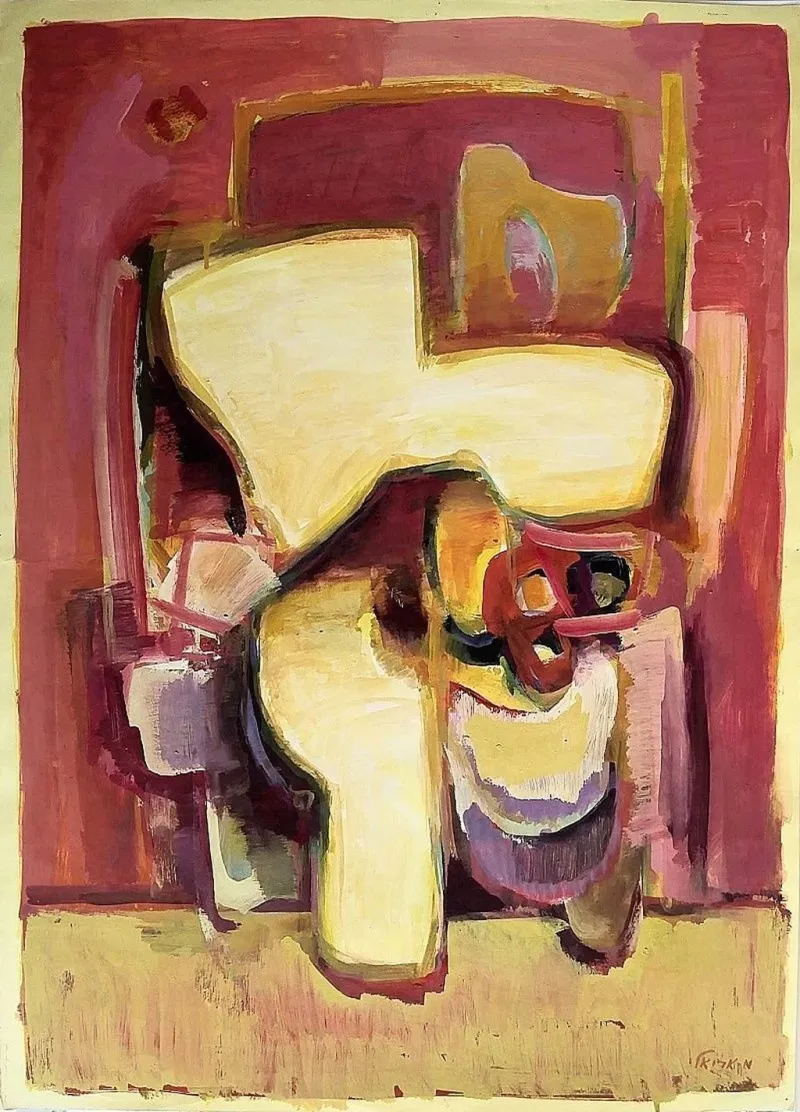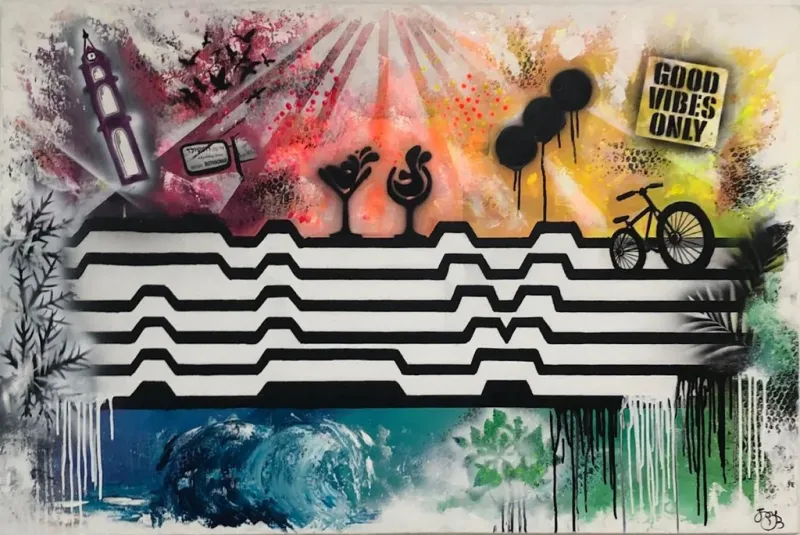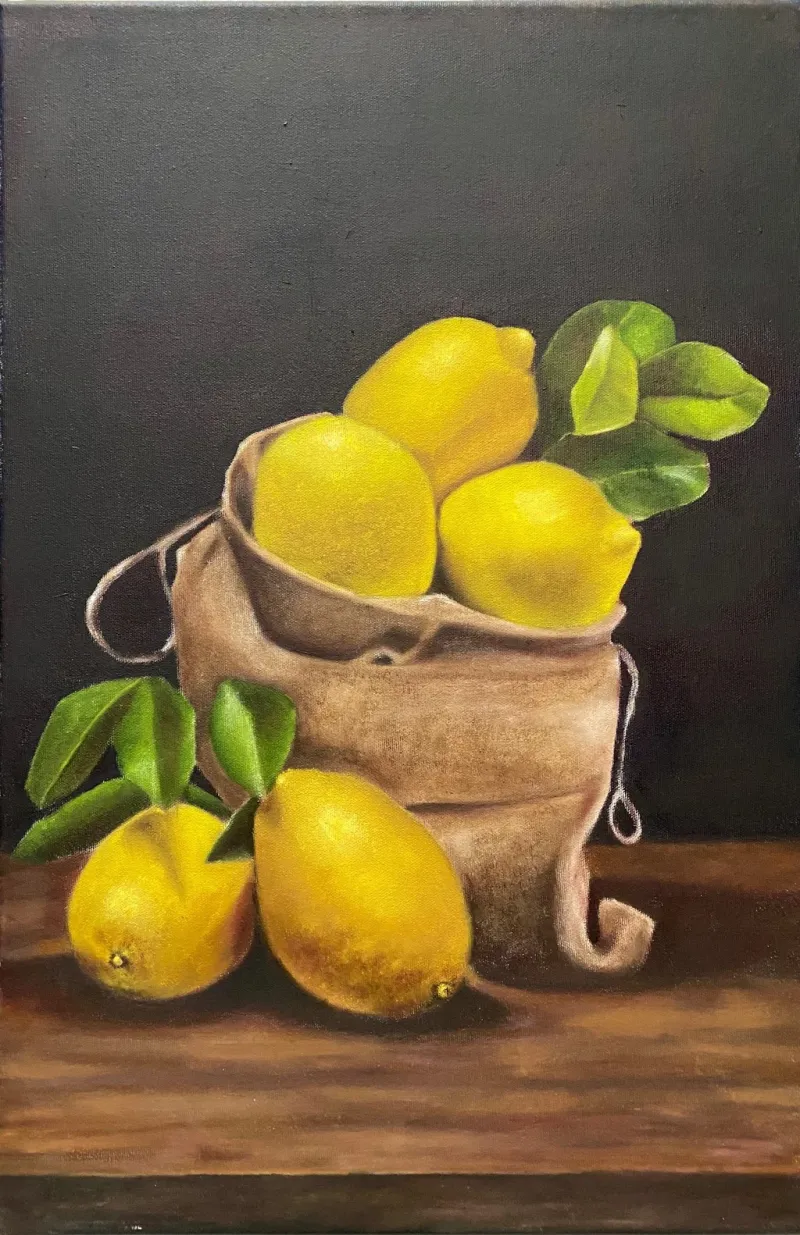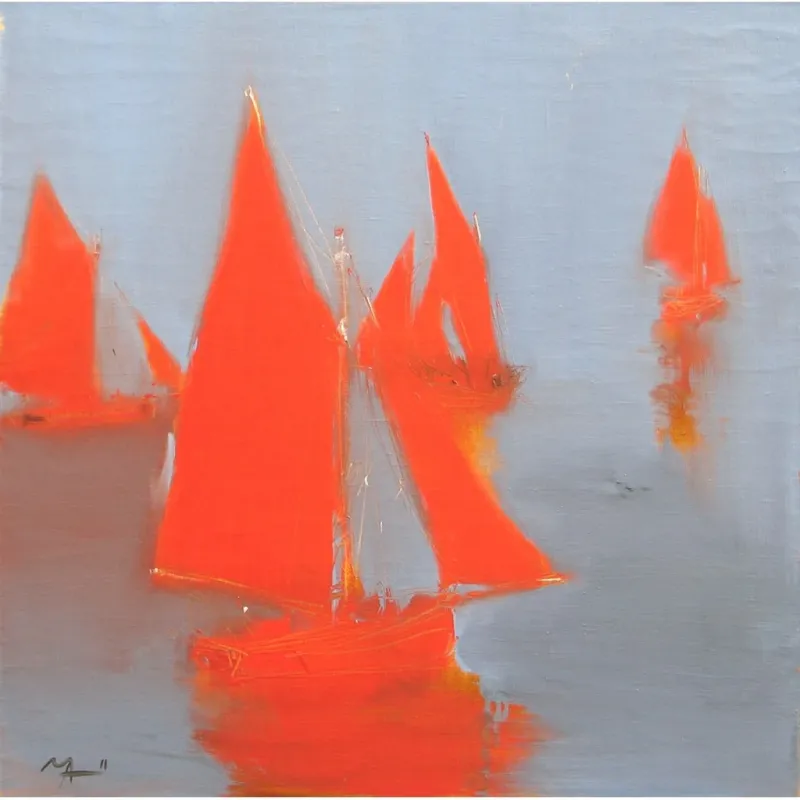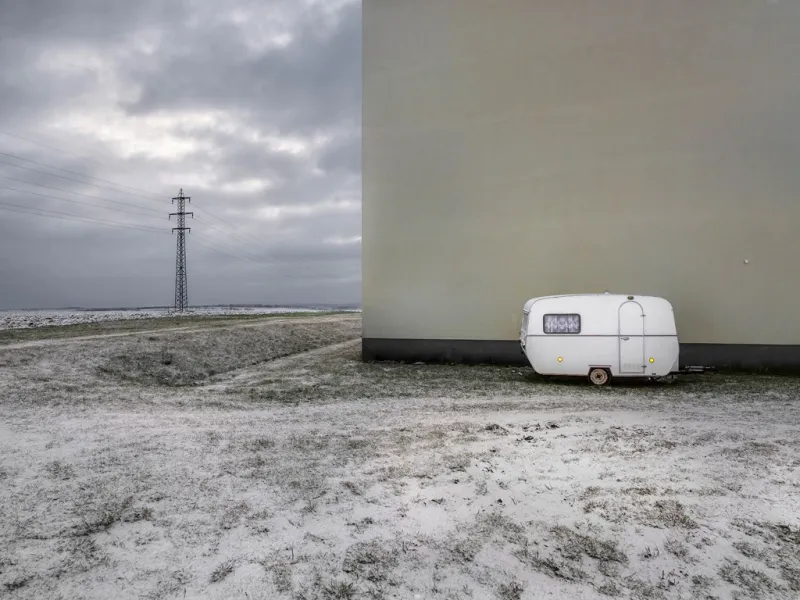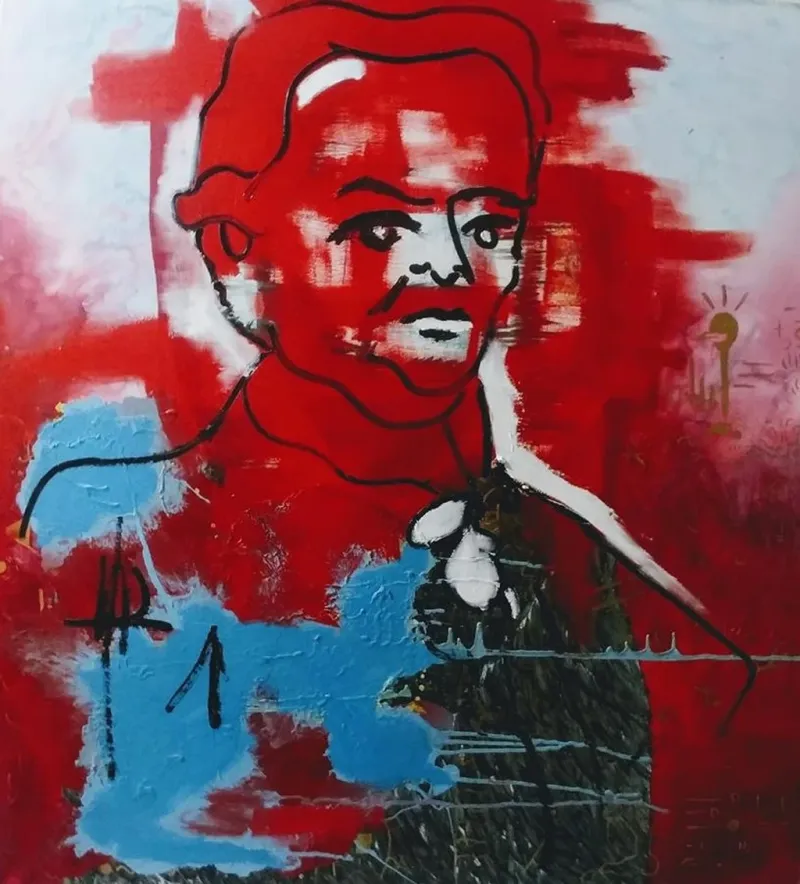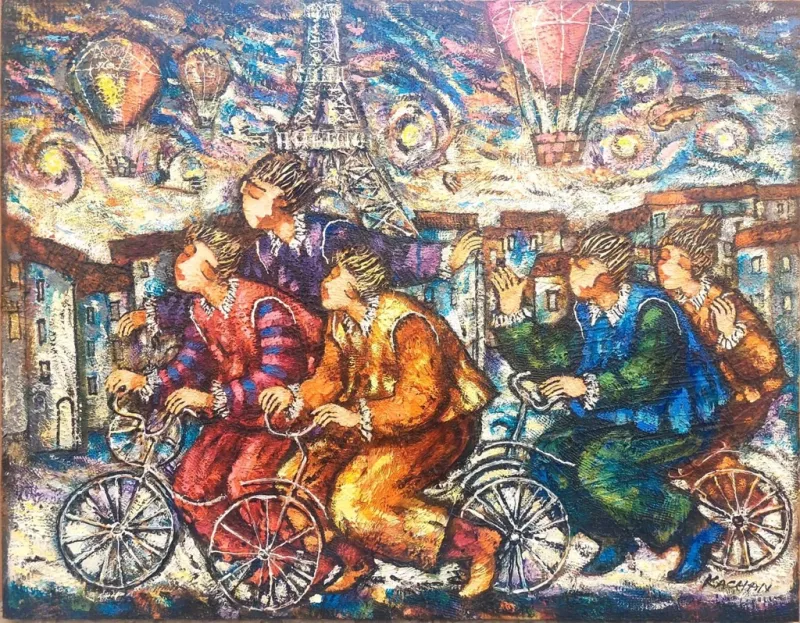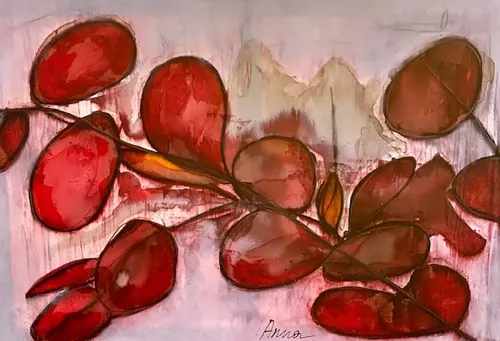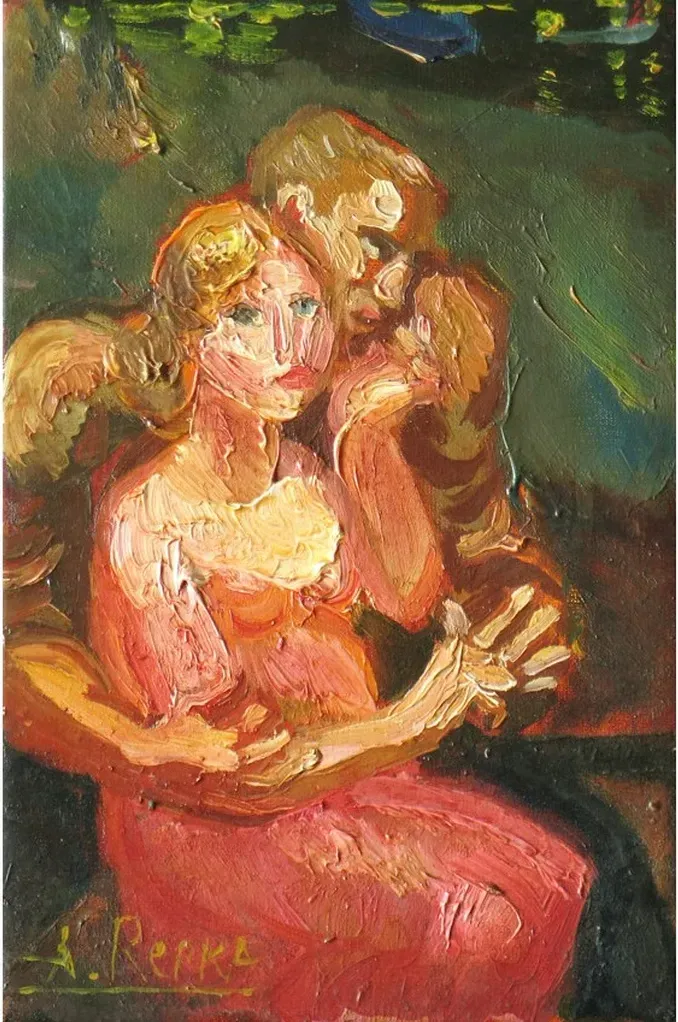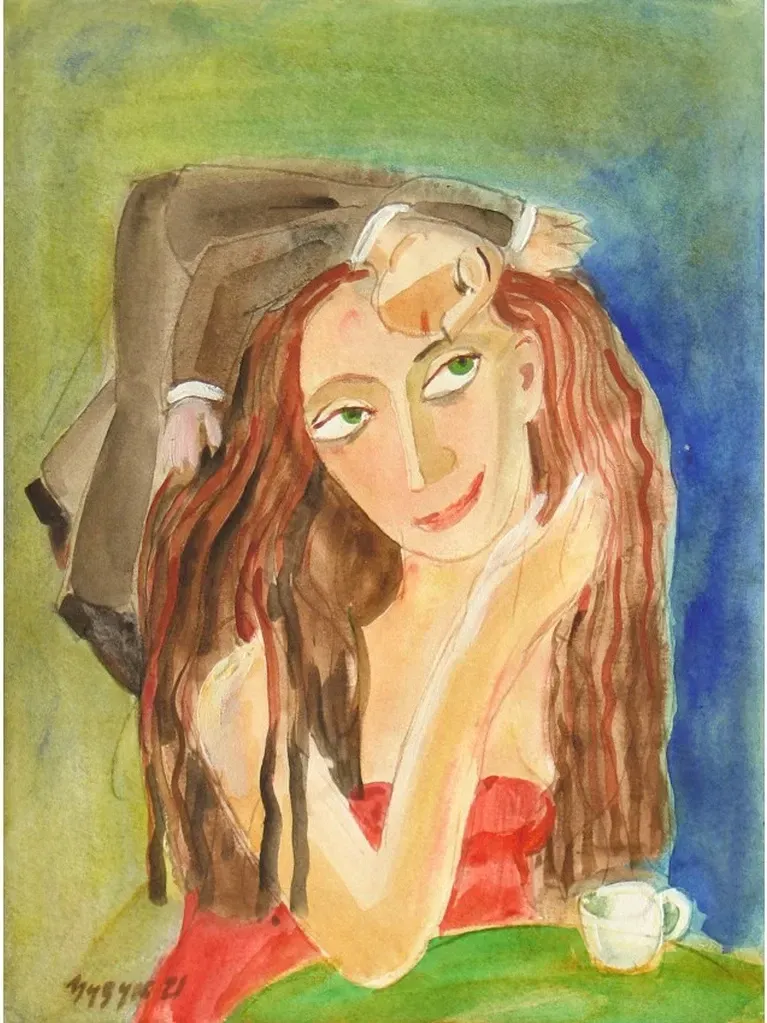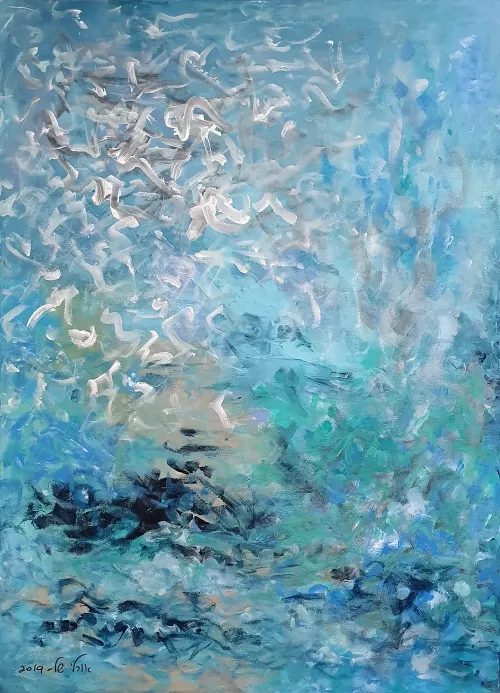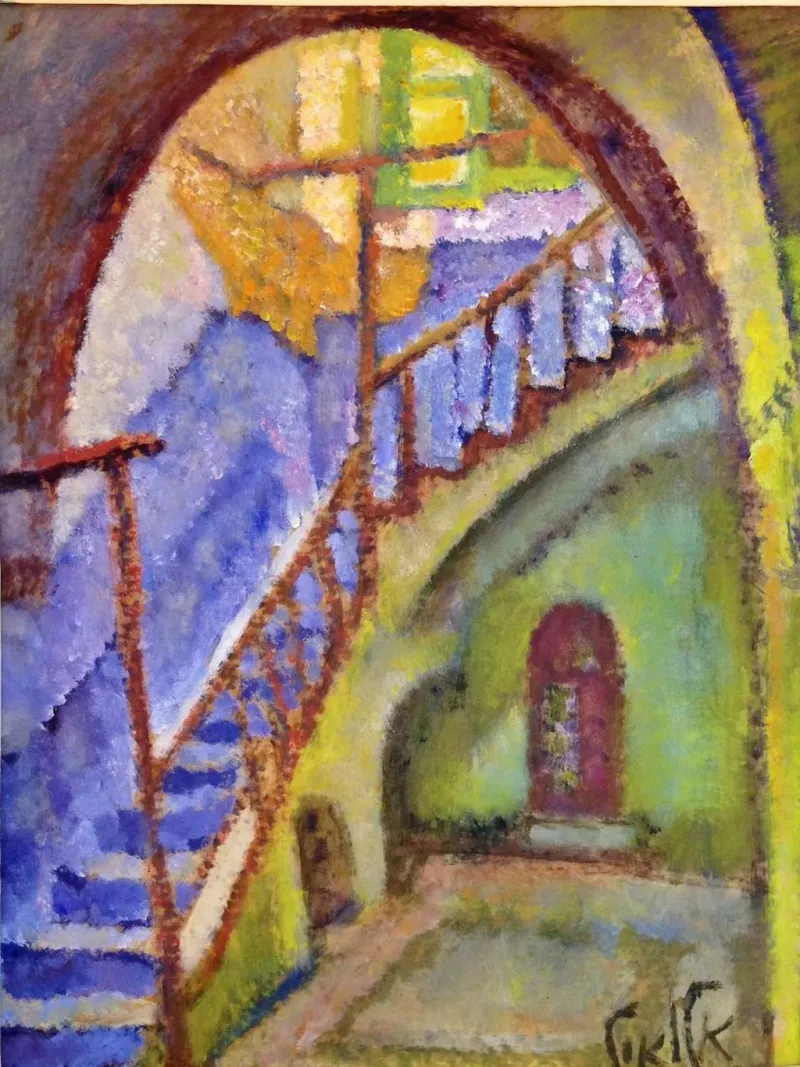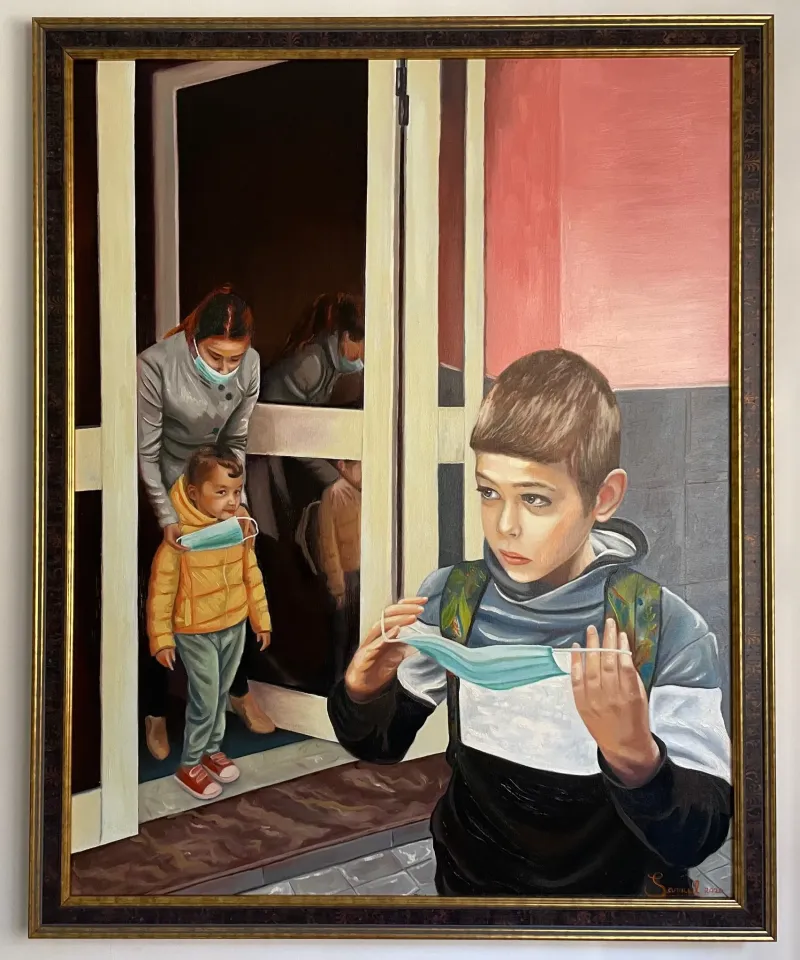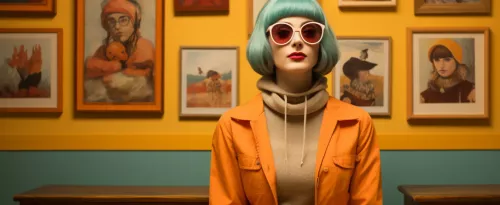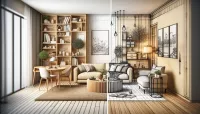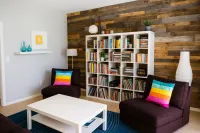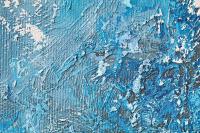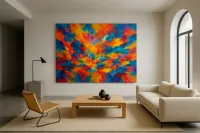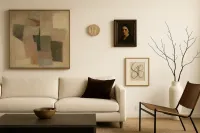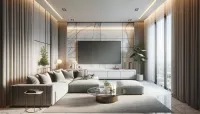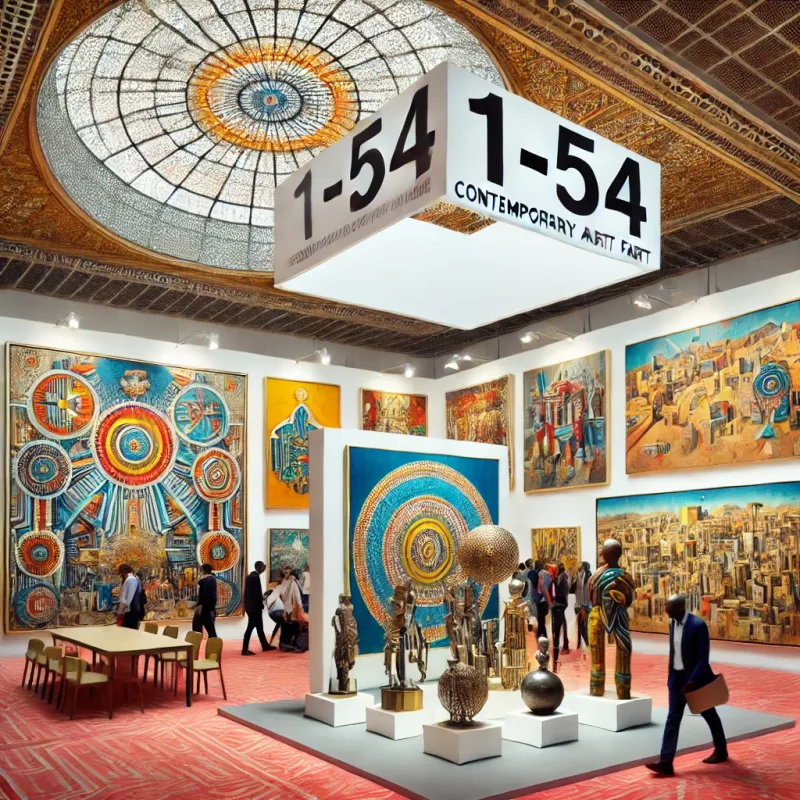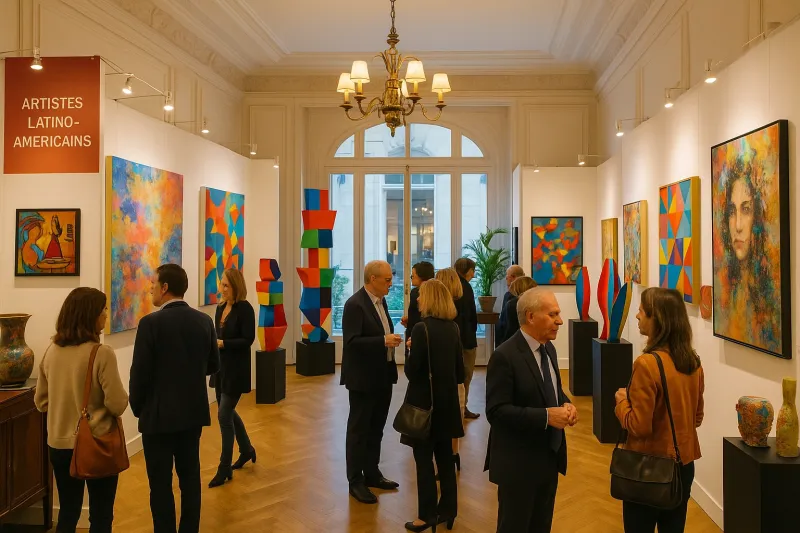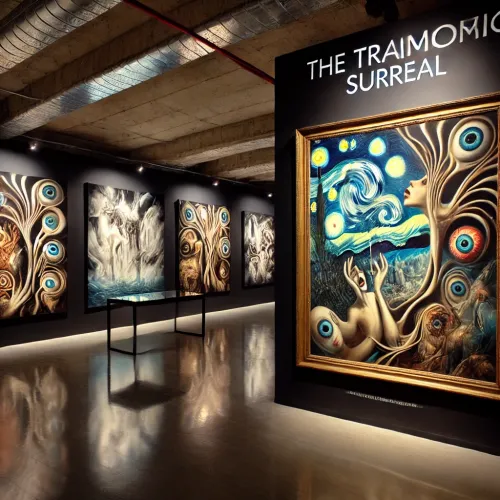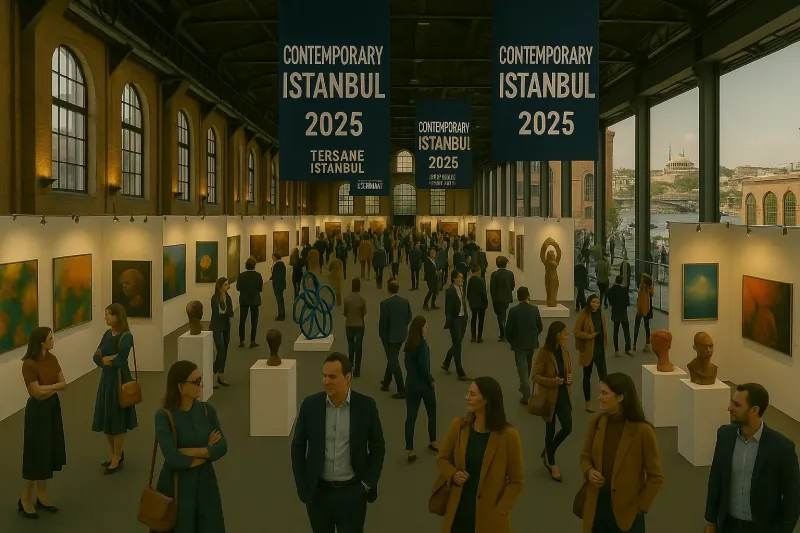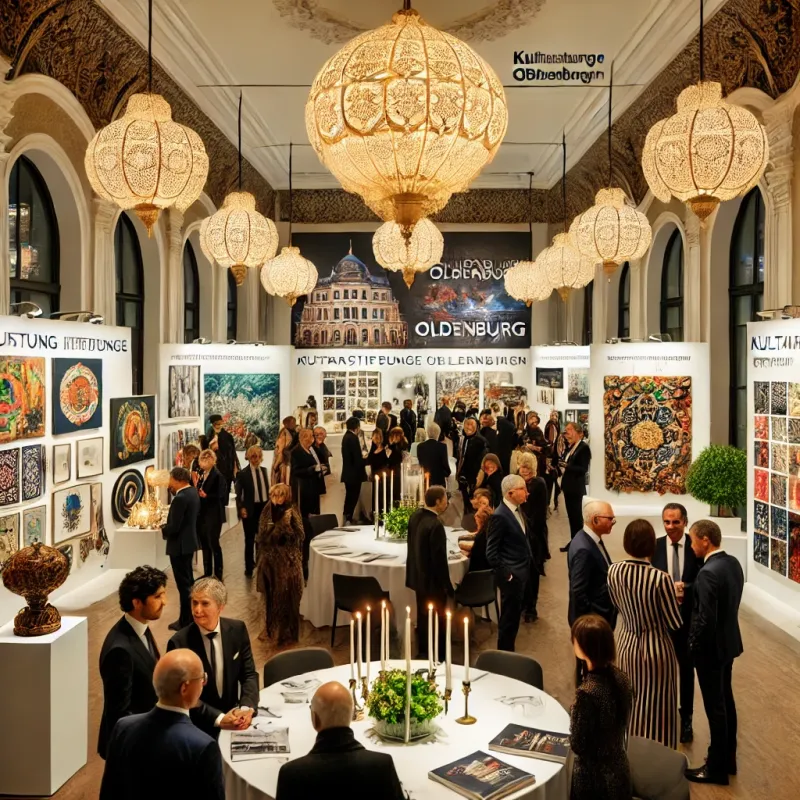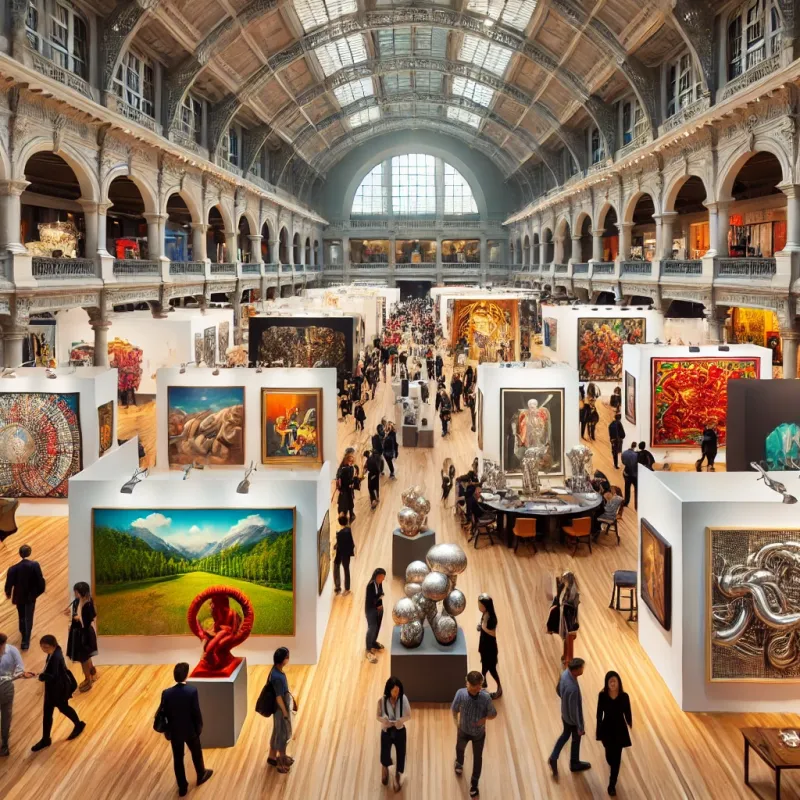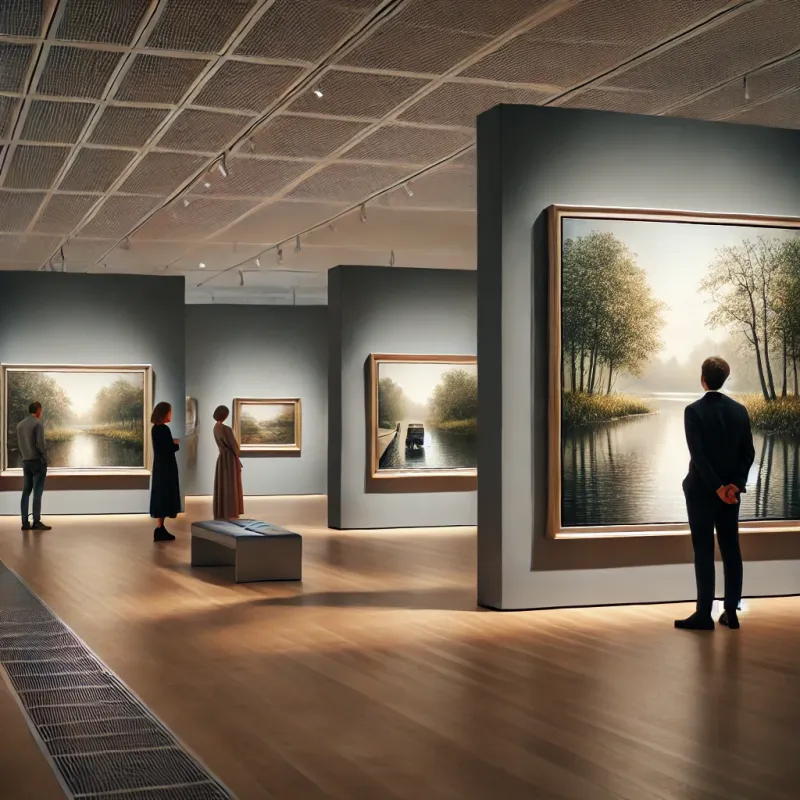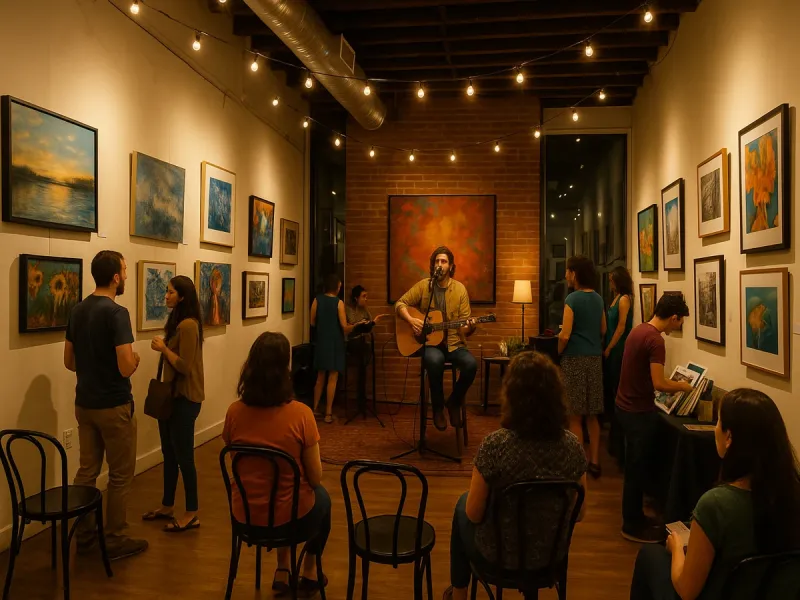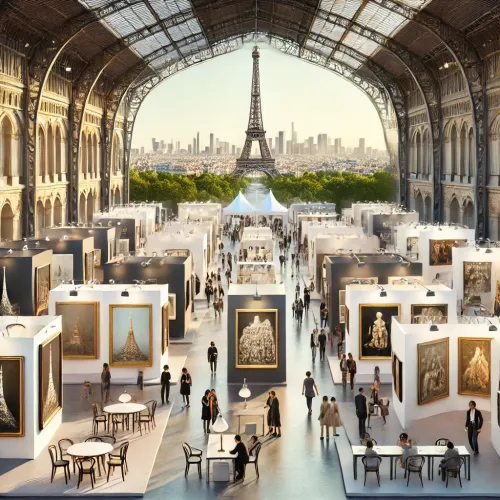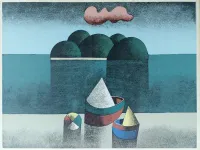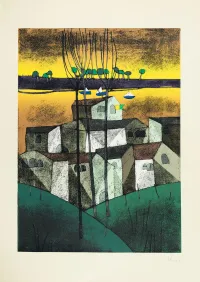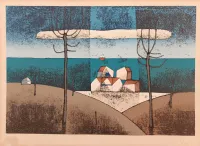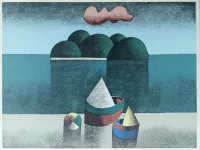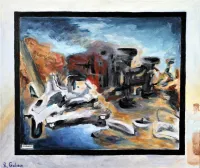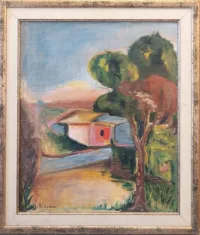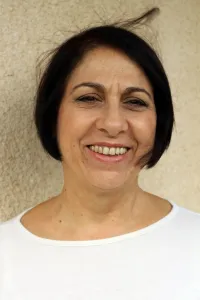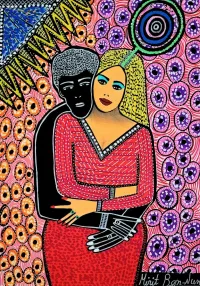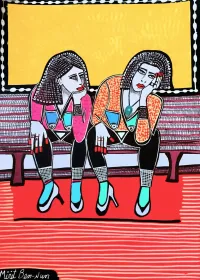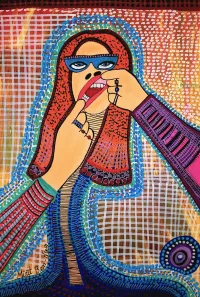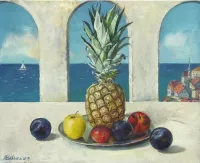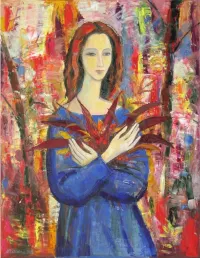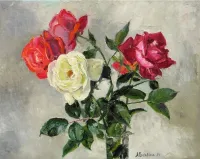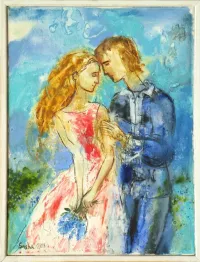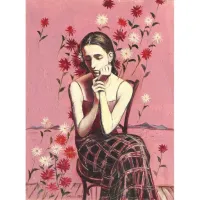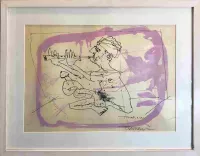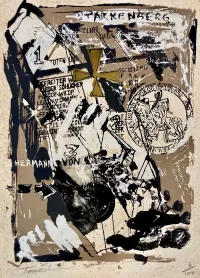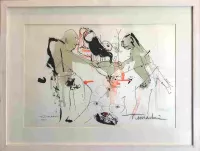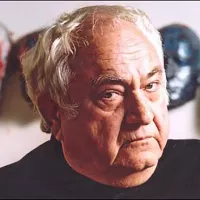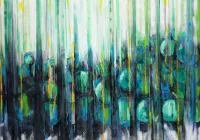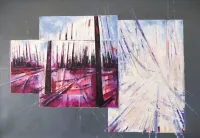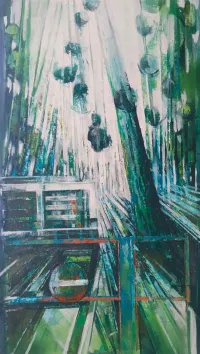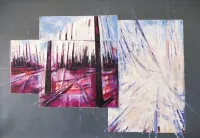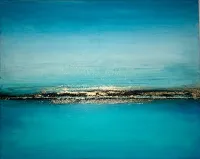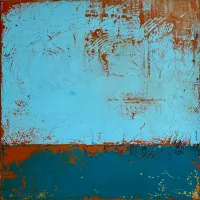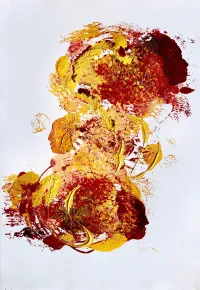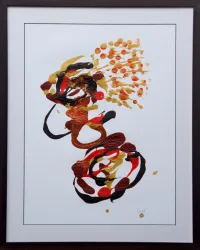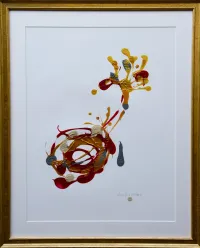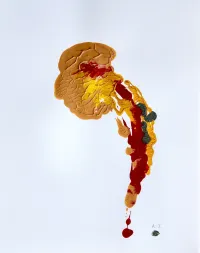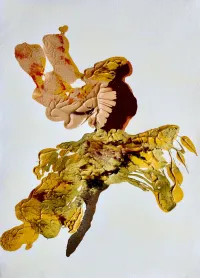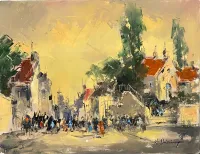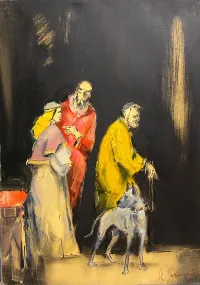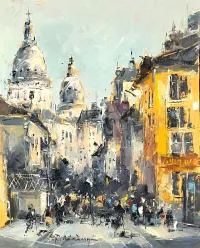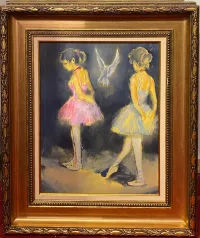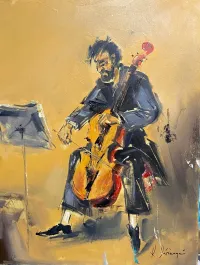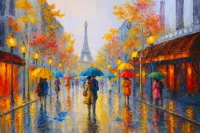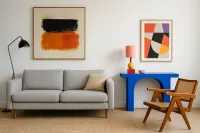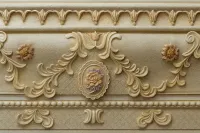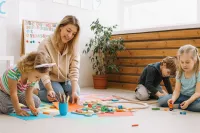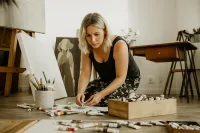The Female Form, Reclaimed: A New Era of Figure Painting
The painted female body is no longer just a muse or metaphor — it’s a narrative in motion, authored by new voices.
Published:
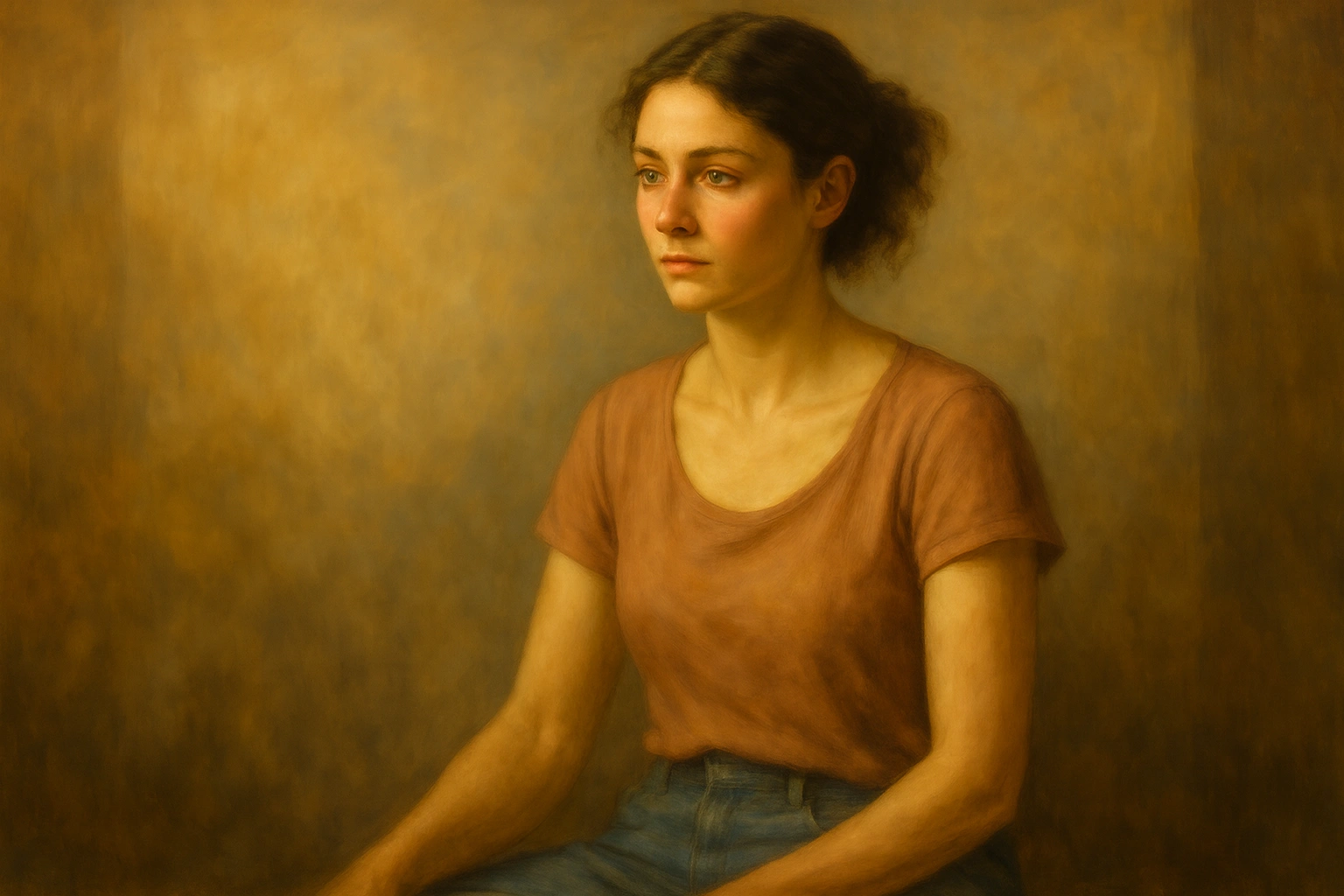 The Female Form, Reclaimed: A New Era of Figure Painting
The Female Form, Reclaimed: A New Era of Figure Painting
For centuries, depictions of the female form have been a mainstay of the art world — celebrated, idealized, and often objectified.
Yet, as art has evolved alongside culture, our perception of the human body — and how we represent it — has, of course, evolved. Female figure painting today isn’t about perfection. It’s about presence. It’s about voice, vulnerability, and self-definition.
From gallery walls to digital portfolios, artists — many of whom are women — are liberating the figure from the constraints of tradition. These new works don’t just show bodies; they tell stories. They ask questions. And they grant the painting’s subject agency — no longer merely a reflection of another’s gaze.
From Object to Subject: Shifting the Gaze in Contemporary Work
Male artists and male viewers throughout history have molded the representation of women in art. Frequently reduced to droplets of beauty, desire, or morality, women existed in classical paintings as props and adornments, barely possessed of names, much less stories. However, the legacy has been challenged by contemporary women oil painters. Now the figure might slouch, stretch, or gaze back at the viewer. She might be defiant, thoughtful, joyful, or grieving. Gone is the anything-goes exuberance of good composition and excellent anatomy; in its place is emotional and psychological truth.
Artists including Jenny Saville, Jordan Casteel, and Lisa Yuskavage have been leading the way, shaping flesh and form into vehicles of blunt self-expression.
Softness, Power, and What’s In Between
The power of this new wave of figurative art lies in its refusal to conform to a streamlined approach. In these pieces, softness meets strength. Skin may appear tender, but the stance may be defiant. Palettes can be muted, raw, vibrant, and chaotic, and they often carry the muddle of the sitter’s inner life.
Brushwork, too, plays a role. Some pieces are smooth and luminous, paying homage to classical realism. Others are rough, layered, even distorted — suggesting fragmentation, memory, or emotional turbulence. These stylistic choices speak not just to the artist’s technique, but to her message.
When the Body Tells the Story
Many modern artists use the body not as a blank canvas, but as a means of conveying their stories. Through positioning, gesture, and environment, the subject becomes part of a lived narrative.
Unlike symbolic nudes of the past, today’s female figure painting leans into specificity. It’s less about representing “womanhood” and more about capturing a woman with history, personality, and context. Whether seated in a kitchen, leaning into sunlight, or caught mid-motion, the figure becomes a moment rather than a metaphor.
Collectors and the Return of Figurative Work
Figurative painting has experienced a significant revival over the last decade. Both art collectors and curators are returning to the human figure, specifically, in its presentation through a contemporary lens.
Body-centric works are also relatable in home spaces, gifting viewers with something to connect with or reflect on, or even disrupt. A judiciously chosen female oil painting can change the atmosphere of a room, not only through its image but by what it dares to tell us. They’re not mere objects, but rather statements of presence.
The female form in art is not a new subject, but its interpretation is undergoing a quiet revolution. The once off-limits or whitewashed is being re-examined with nuance, candor, and empathy. Female figure painting today is less about how a body looks and more about what it says. And in that shift, the form becomes something powerful: not a passive object, but a living, breathing voice on canvas.


